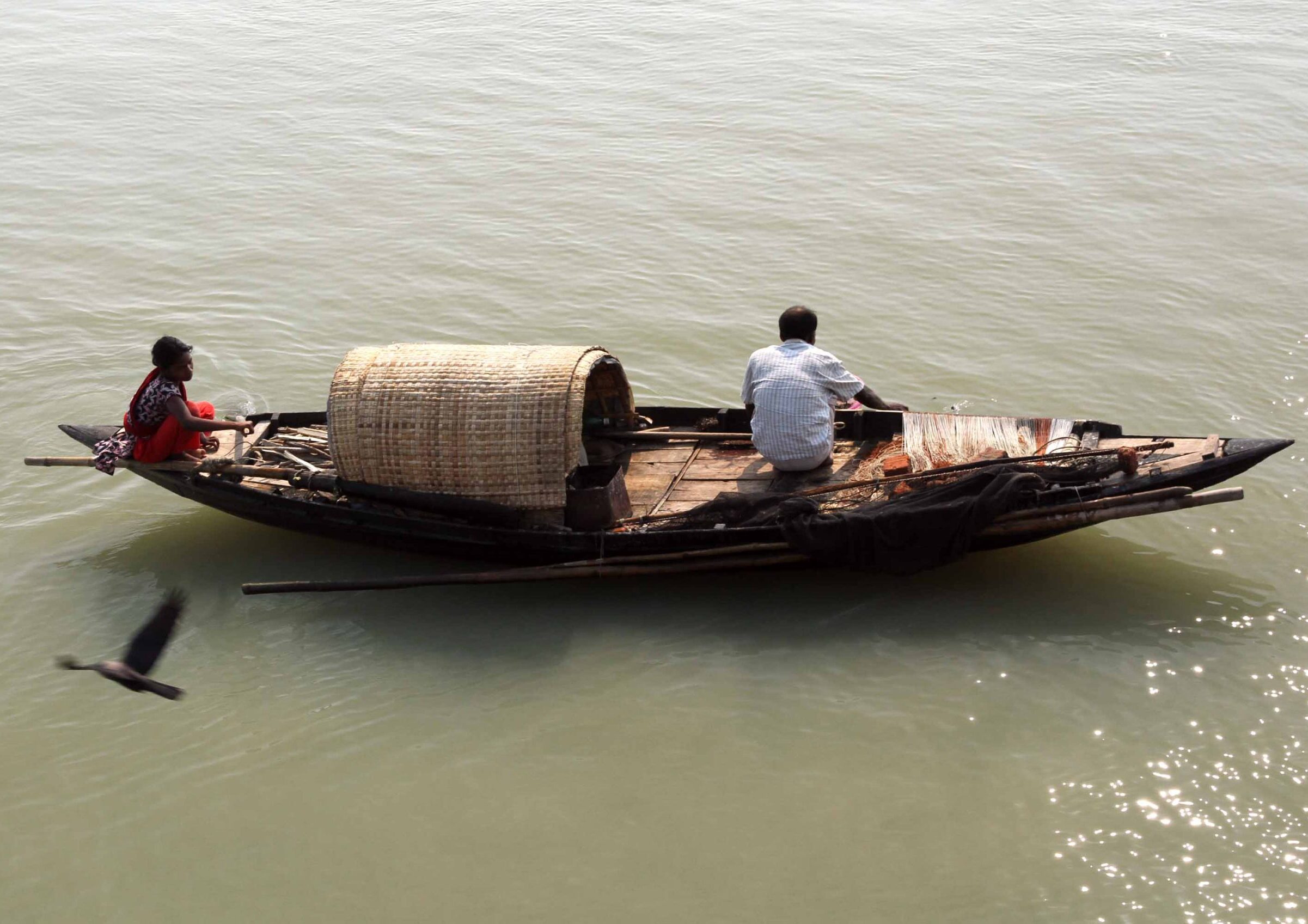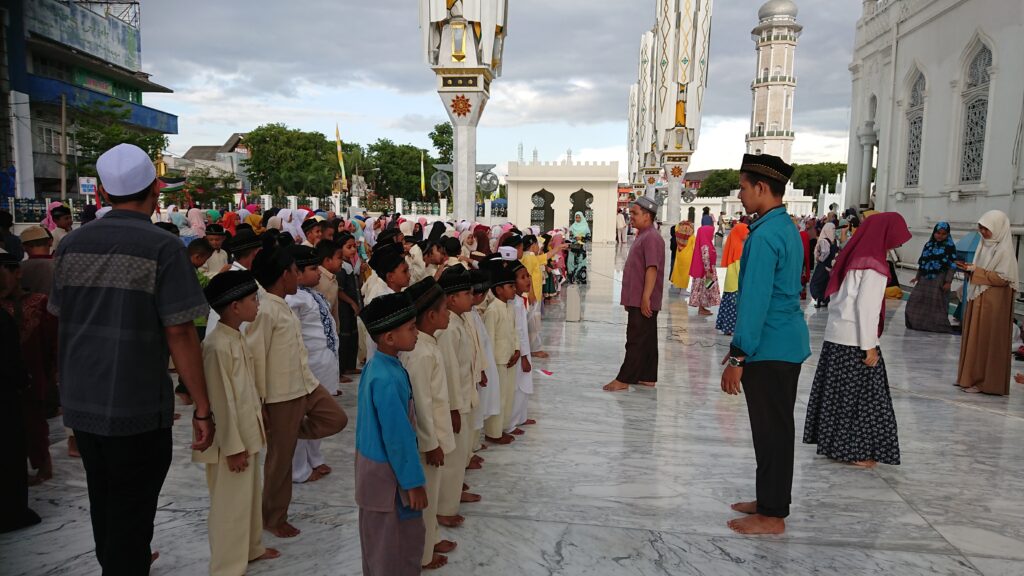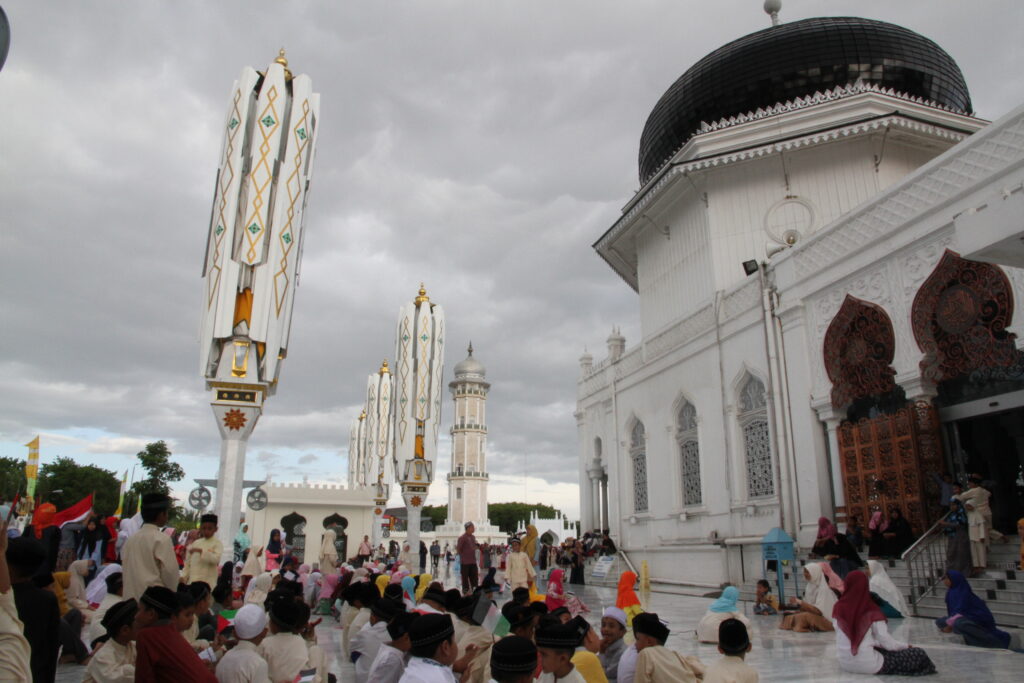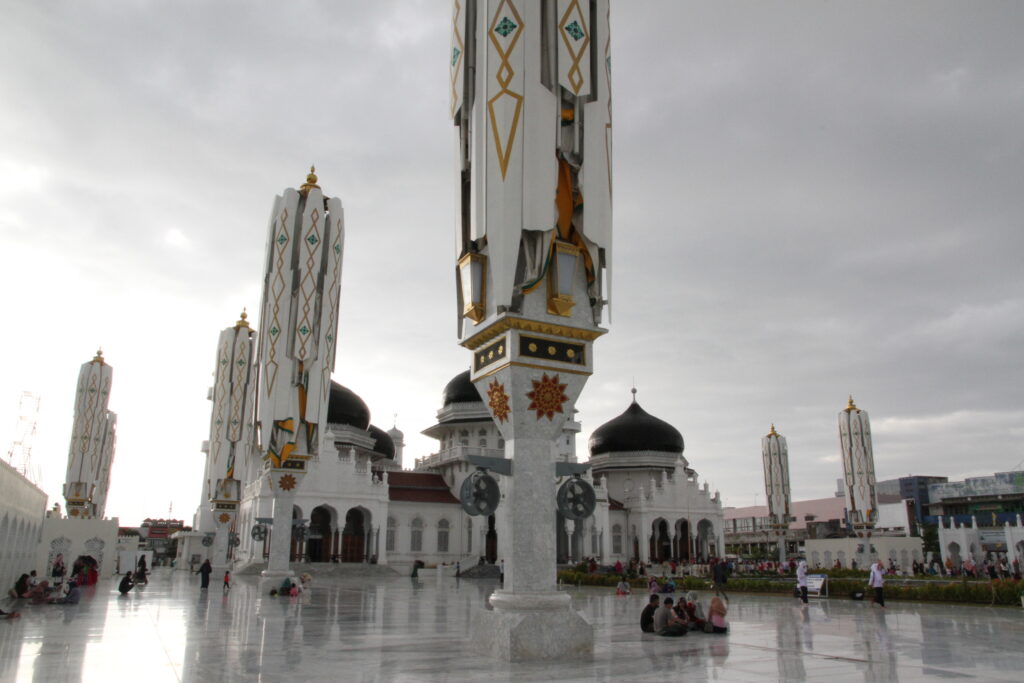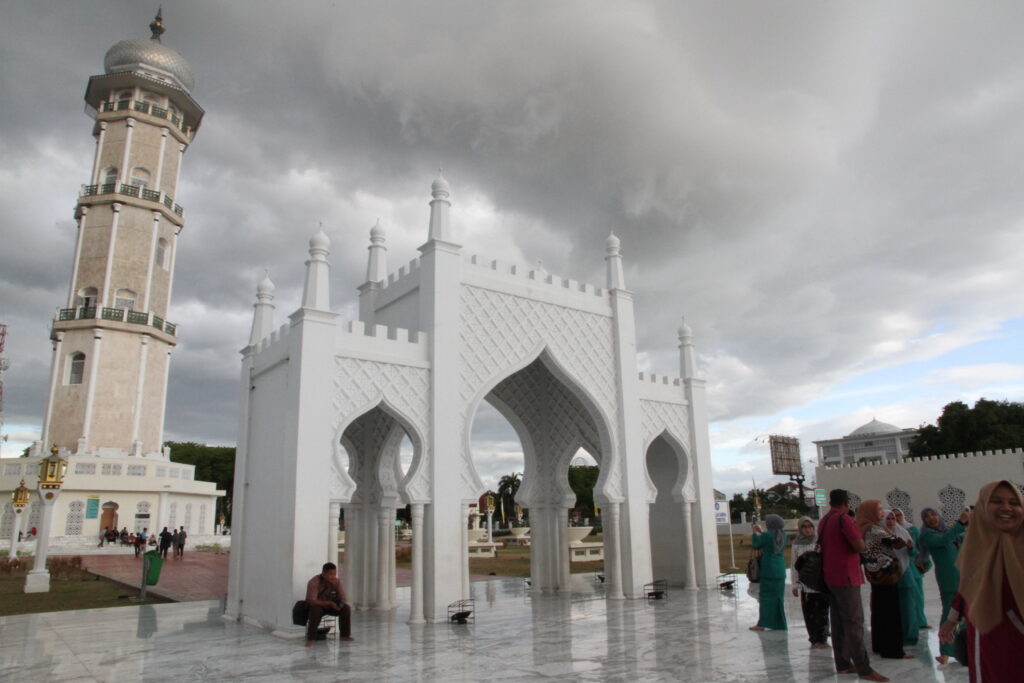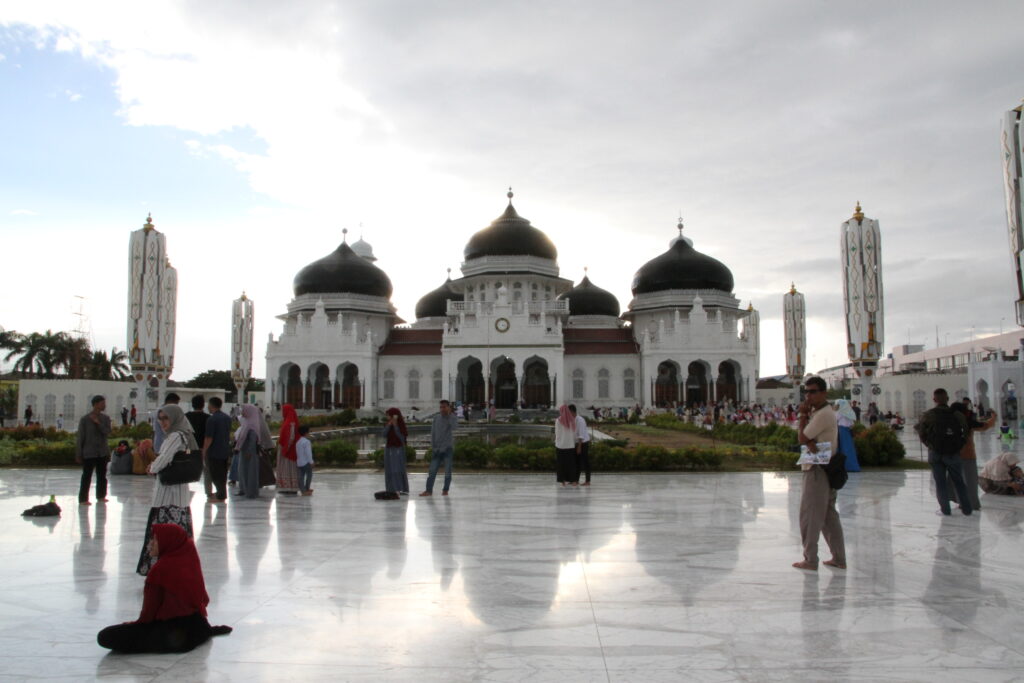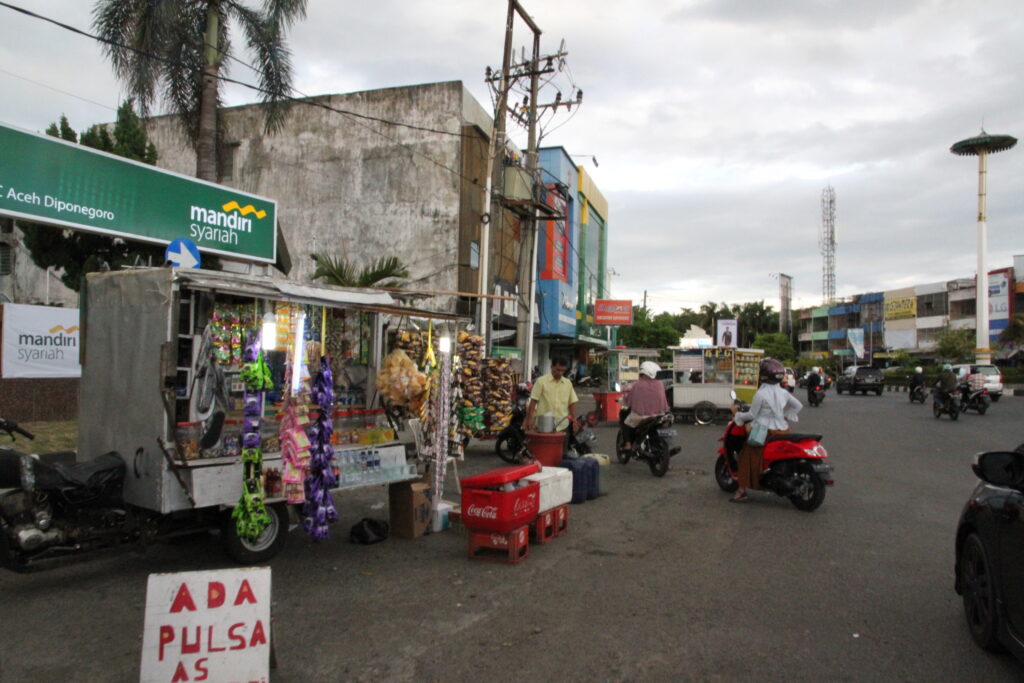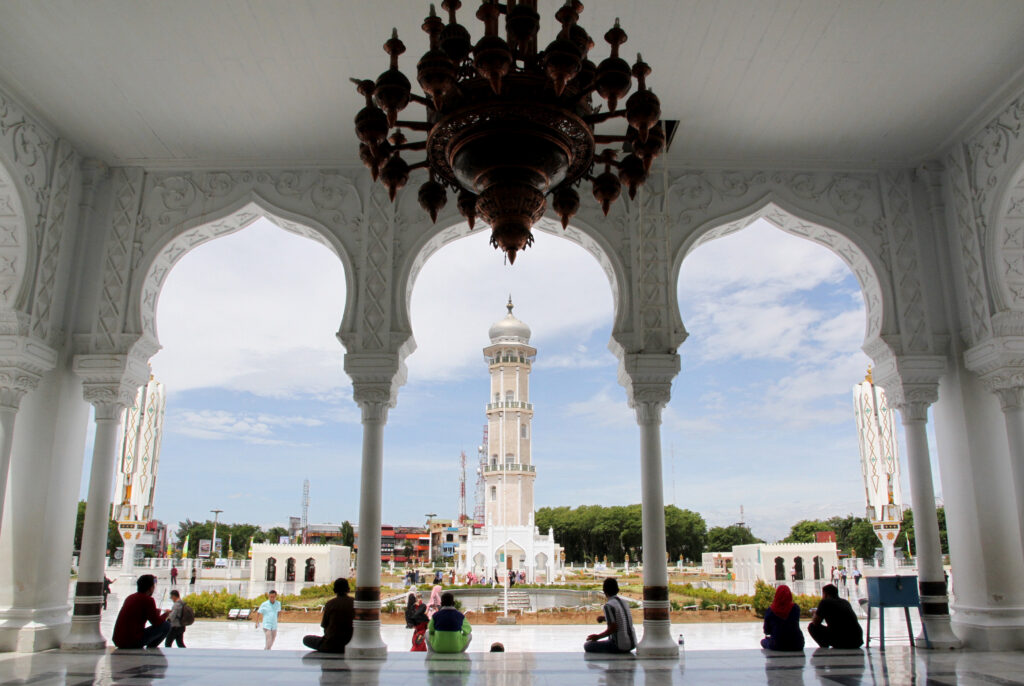
I spent four days in Aceh, Indonesia, in July 2018. I took a Citilink flight from Medan (North Sumatra), and the journey was going to take about 70 minutes with the arrival time scheduled for 1.40 pm. However, just before mid-way, the captain announced that there was a technical problem which necessitated the plane’s return to Medan. There was no panic on board and also, as the crews and the captain did not behave in any unusual way, I did not become unduly worried. The plane landed safely back in Medan after about 30 minutes during the return journey. We had to wait for another few hours for the airline to find us another flight, which left Medan for Aceh around 5 pm. By the time the plane landed at the Sultan Iskandar Muda airport, it had already become near dark, and then it took another hour or so by taxi to my hotel in the centre of the Banda Aceh city.
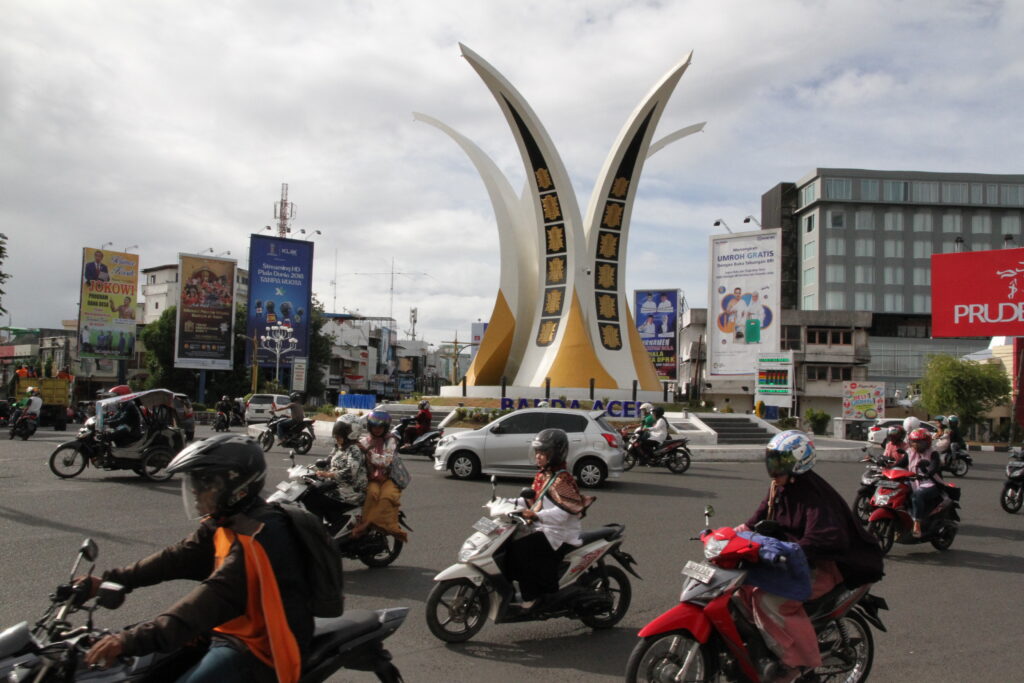
My reasons for going there were to see the capital city of the Aceh province in Indonesia – its geography, people, rivers and places; the location from where the powerful Aceh Sultans of the past lived, ruled and received and entertained important foreign visitors and traders; how the people and the area were coping and progressing fourteen years after the tragic Tsunami in 2004.
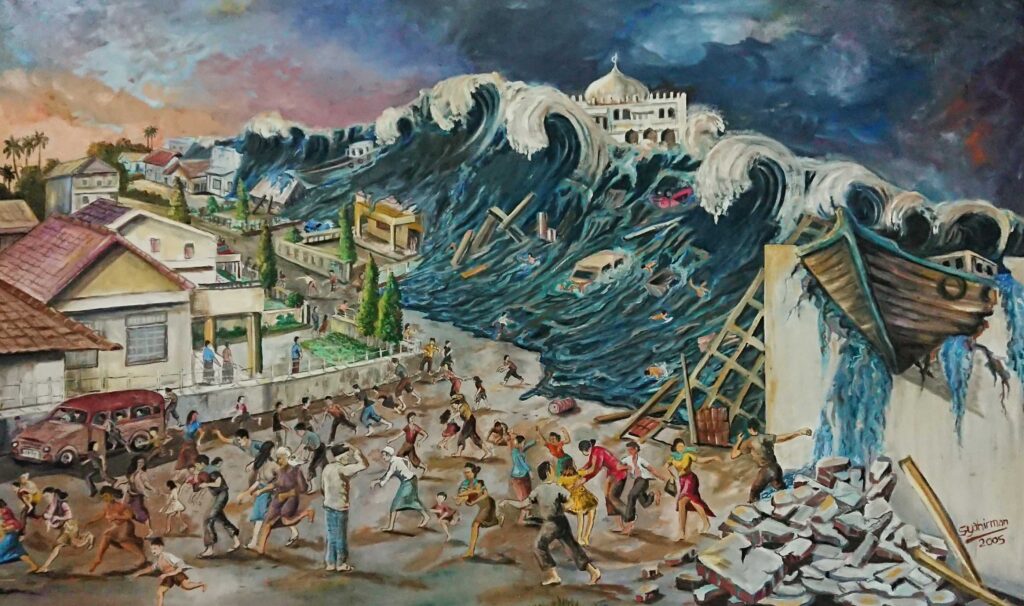
The Tsunami and the great loss of lives caused incredible sorrow and brought much sympathy and support from the whole world. People, non-government organisations and governments from all corners of the world came forward to provide immediate support to the affected people and assistance with both short and long-term reconstruction of the devastated areas of Aceh. When I was there in 2018, I saw very little physical signs of the unprecedented destruction and havoc that befell on Aceh all those years ago.
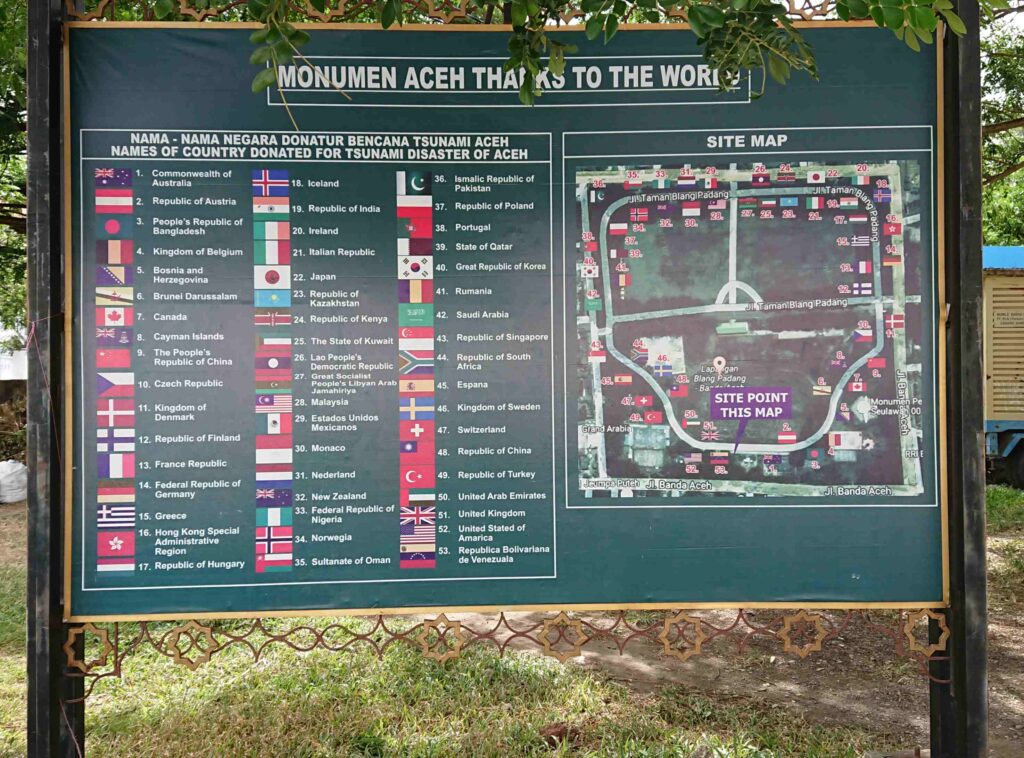

However, in recent years the Indonesian province of Aceh began to receive negative press/media coverage due to its implementation of the Sharia Law – including footage of public flogging as punishment for certain crimes and Sharia police patrolling the streets to prevent ‘vice’ and the free mixing of the sexes. As a result, on arrival, I was a bit anxious expecting to experience a very harsh and authoritarian environment. I expected to only see Muslims in Banda Aceh, the capital of the province. Although I was hoping to witness a public whipping punishment session – for the purpose of developing a greater understanding of Sharia Law implementation – I could not actually find any such punishment scheduled for during my short stay. When I made enquiries about the next public whipping, I was told by some that this kind of punishment does not happen in public anymore.

My experience of Aceh during the four days – what I saw, the people I spoke to and the very little presence of security forces on the street trying to prevent crime, vice and free-mixing of the sexes – has to a great extent changed my attitude and understanding of Aceh. Although I know very well that four days of experience can only help one gain only a very limited impression of any place.
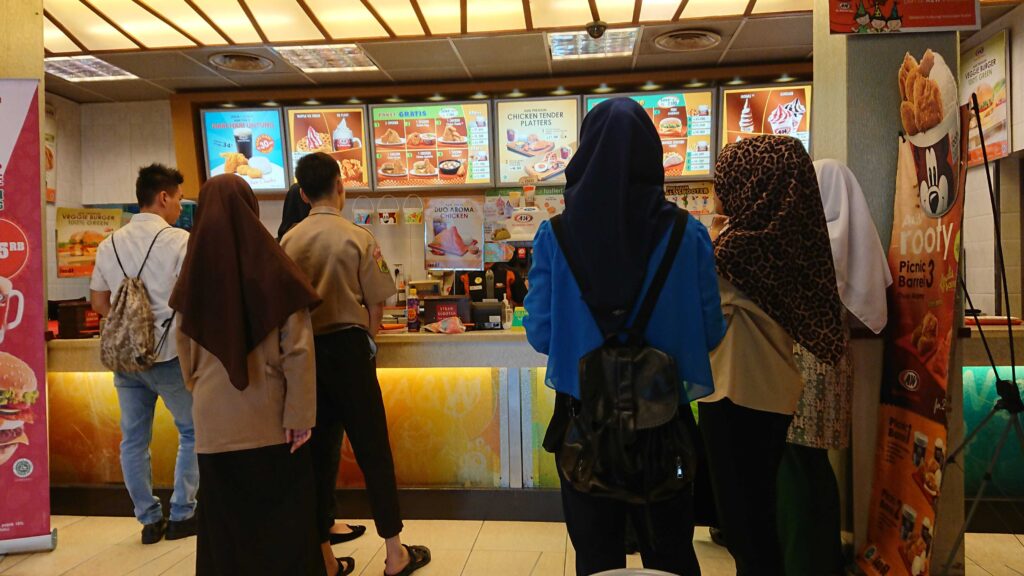
I am not an expert on Aceh nor the four days in the city of Banda Aceh has enabled me to understand and know the situation there well. But what I have learned from the short stay and the interactions that I had with many people have enabled me to view Aceh in a new and more positive light, which also made me become more critical of press and media coverage. The phrase ‘seeing is believing’ is the approach that I will be more seriously adopting in the future with respect to responding to media coverage and other people’s reports.
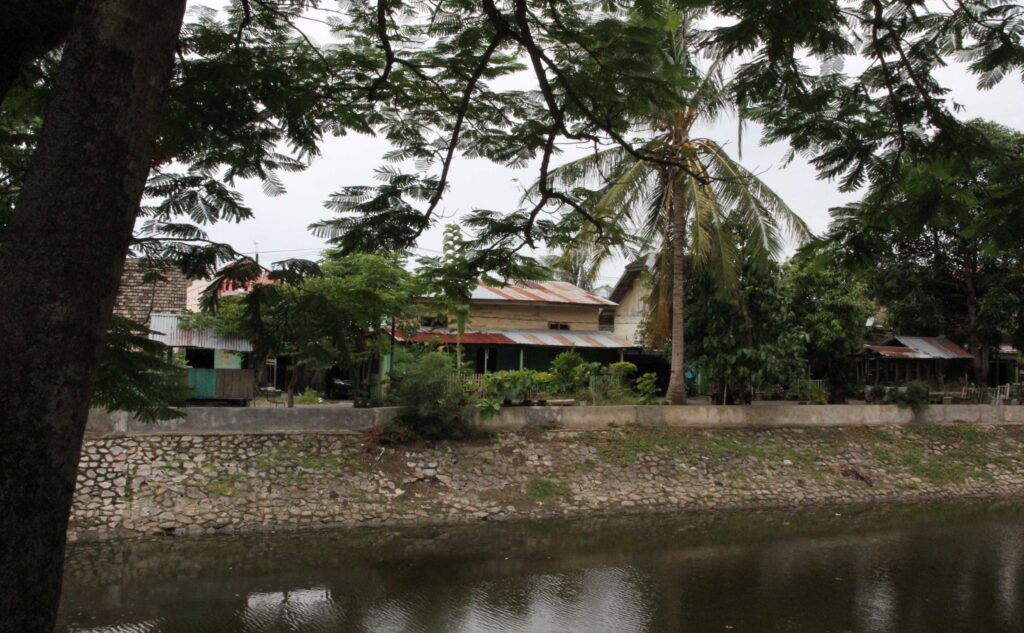
Anyway, while I was in Aceh, I visited the Grand Mosque (Masjid Raya Baiturrahman) several times and witnessed and experienced some surprising, wonderful, friendly and happy events within the large precinct of the boundary of the place of worship – social and religious activities – undertaken by thousands of men, women and children. I also visited a Hindu Temple, A Catholic Christian Church and a Chinese Buddhist Temple.
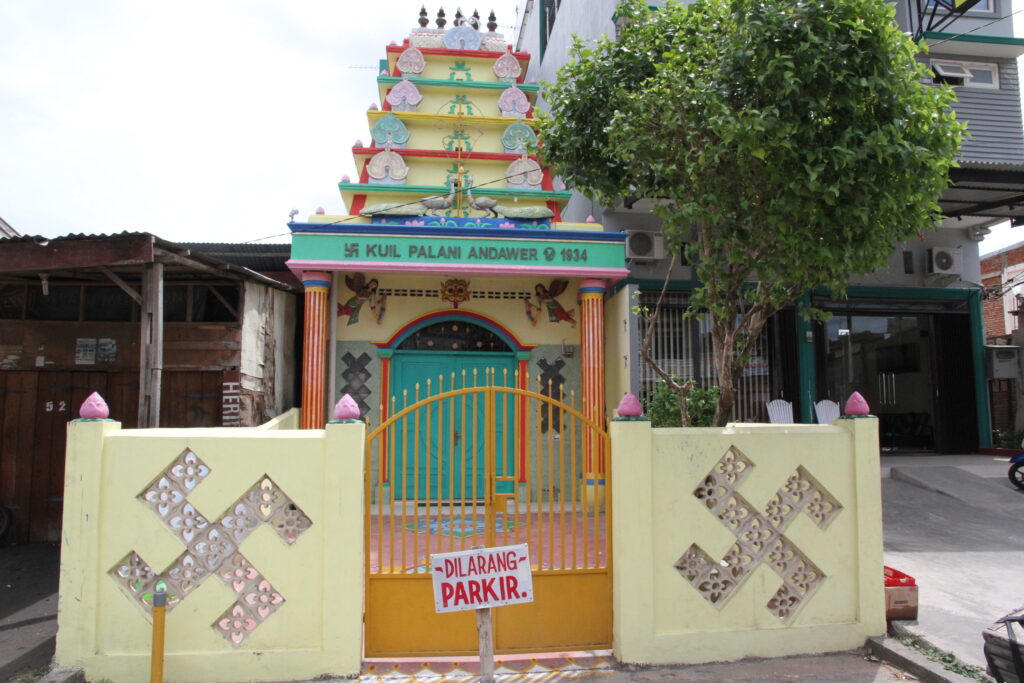
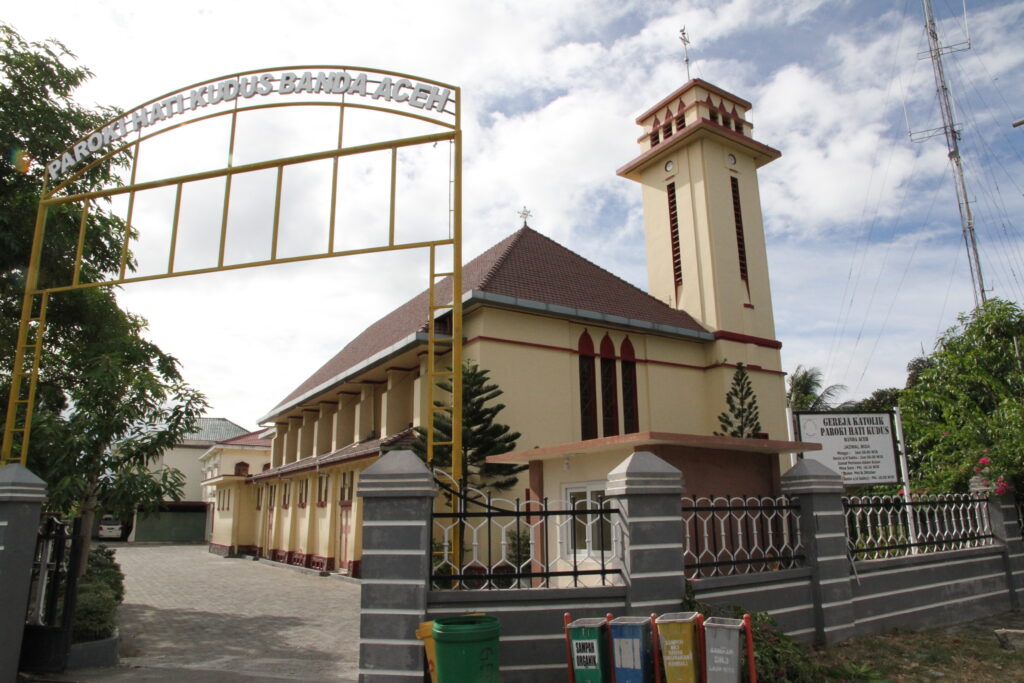
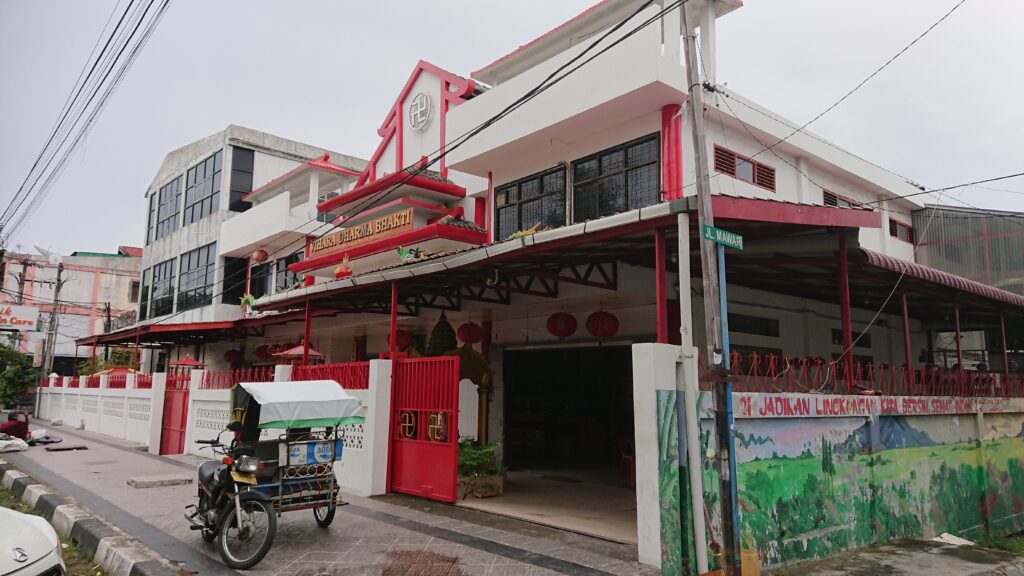
When I talked to several Muslims with surprise and bewilderment seeing the existence of religious places of worship for the Hindus, Christians and Buddhists in Aceh, they all proudly told me that Aceh was tolerant, and they loved the idea that other religions can live and enjoy a peaceful and tolerant life with the Muslims. Many of the Muslim Acehnese gave me directions to find places of worship of other religions in their city. It was not difficult to find them as they were situated in the centre of Banda Aceh.
I saw many Chinese people on the road and running businesses in Aceh. Most of the Chinese women that I saw in Banda Aceh did not wear the hijab and some wore skirts with parts of their legs exposed. But all the Muslims followed Islamic dress codes. There were some western tourists walking around the city and visiting the Grand Mosque, and some of western women visitors put on the hijab when entering the Grand Mosque.
I have not seen any Sharia police patrol all when I was there in the city. In fact, I hardly saw any policemen and policewomen on the street. The mannerism of the people that I experienced and observed, which seemed entirely sincere, really impressed me and helped me develop a deep love and affection for Aceh and its people.
The top of the list of reasons for going to Aceh was because of my recent interest in the early voyages of the English East India Company. The destination for the first voyage of the East India Company was Aceh. Captain James Lancaster, the commander of the voyage, left England on 13 February 1601 and arrived, on 5 June 1602, on the mouth of the river on the Indian Ocean about three kilometres from the Banda Aceh city centre, where the Sultan Alauddin resided in his palace. The English fleet of four ships – Red Dragon, Hector, Ascension and Susan – arrived in Aceh, intending to establish a trading settlement there and conclude a trade treaty with the Sultan, which they manage to achieve on highly favourable terms for the English. As such, they spend most of their energies and resources on Aceh, including giving the Sultan the best sets of presents brought from England for eastern rulers.
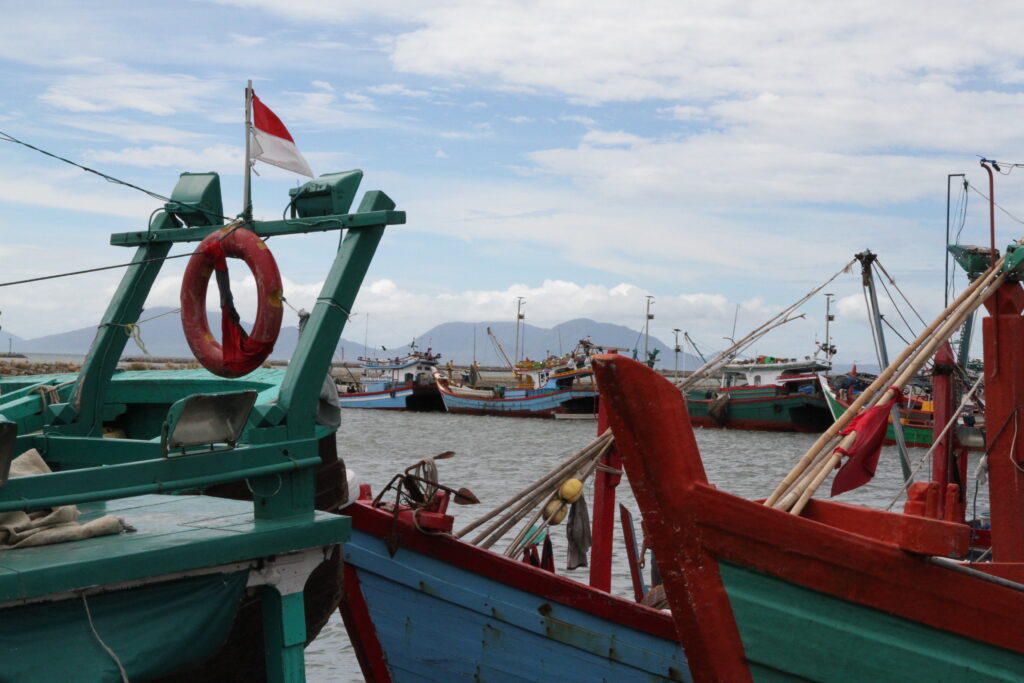
However, very soon they realised that Aceh was not the right place to establish their first trading settlement – the available quantity of pepper and other spices that the English wanted were insufficient, and the prices were also much higher than expected. So, they decided to go to Pariaman, another city controlled by the Sultan of Aceh on the western side of Sumatra island, and then to Banten in December 1602, where they established the first English Factory (trading settlement).
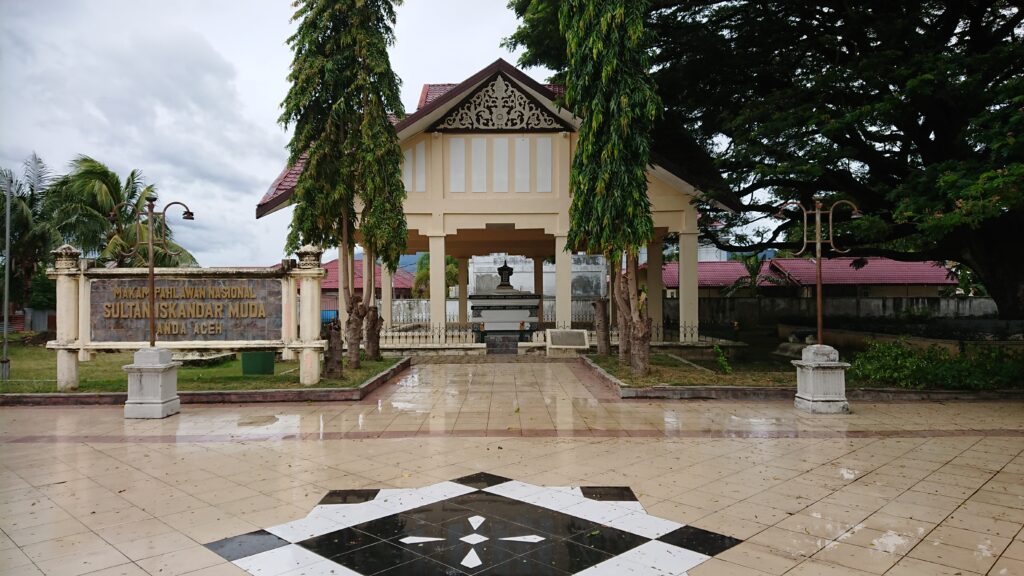
The English bought pepper at Pariaman at a much cheaper price than Aceh. Two fully laden ships (Ascension and Susan) were sent back to England, one directly from Aceh and one from Pariaman, before the other two ships (red Dragon and Hector) went to Banten. The second in command of the voyage and in charge of the Hector, Captain John Middleton, died on board his ship while in Banten harbour due to sickness from dysentery, a very usual occurrence among East India Company officers/sailors during the early voyages).
By the time I left Aceh, I had developed a strong sense of love for the place and its people. I experienced wonderful hospitality, warmth, beautiful cultures and traditions, and the place felt extremely safe, looked immaculately clean and the air seemed free from pollution.
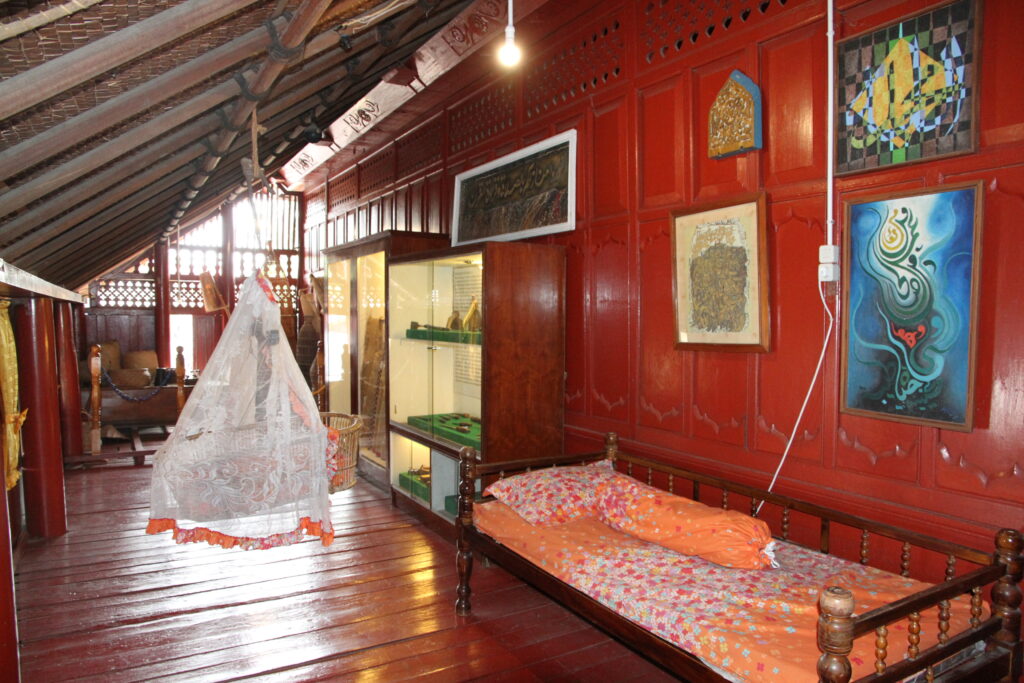
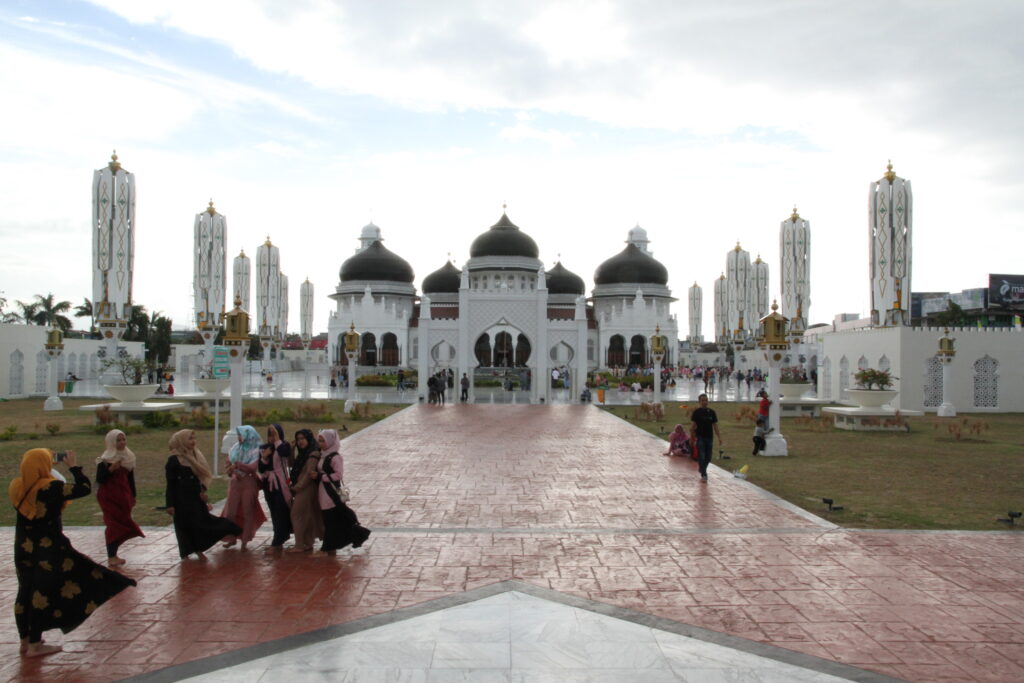
Sometimes, I was mistaken by some Acehnese people for being an Acehnese. This is undoubtedly was due to the fact that the Acehnese people are made of a range of looks, very different from Javanese, Sundanese, Bataknese, Balinese, and so on within the Indonesian family of peoples. Perhaps this mixer of the population was due to the area being an international trading port for a very long time, where people came from abroad and got intermingled with the local population, creating the range of looks that constitute the Acehnese people.
In the journal entries of the First Voyage of the East India Company Voyage to Aceh in 1602, the narrator mentions what was seen on entering the harbour. “We set sail from the island of Sombrero on the 29th May, and got sight of Sumatra on the 2d June, coming to anchor in the road of Acheen on the 5th, about two miles from the city. We here found sixteen or eighteen sail of different countries, Guzerat, Bengal, Calicut, Malabar, Pegu, and Patane, which had come for trade.” The journal mentions ships from Bengal among those on the harbour. Journals and accounts of other places that early East India Company ships visited contains some references to traders/ships from Bengal at the ports, including the kinds of goods that were originating from Bengal to various places in South East Asia
I hope more people will visit this wonderful place with friendly and hospitable people.
